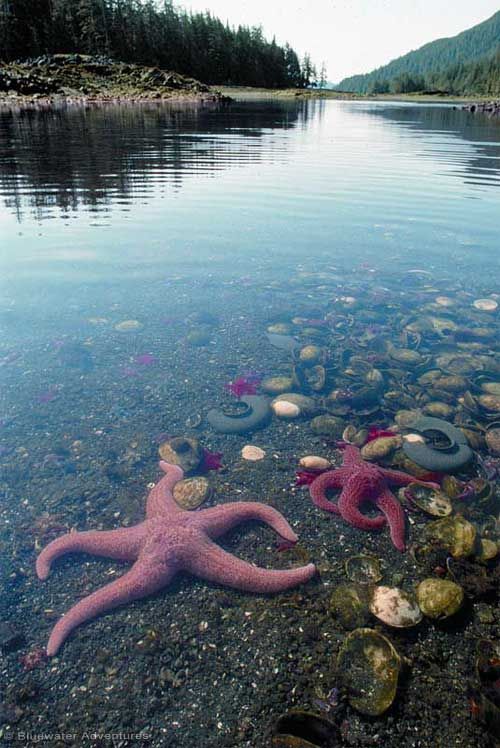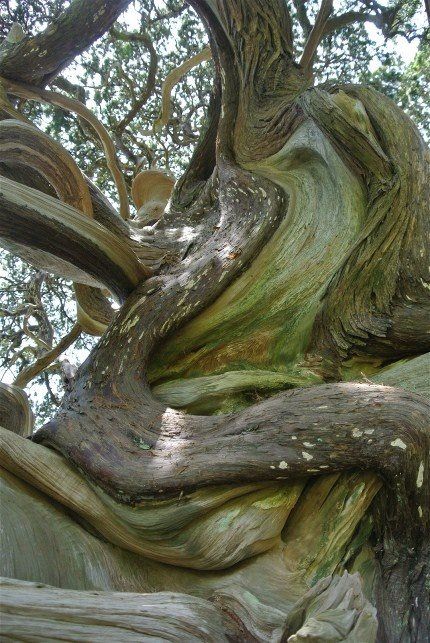Dear Integral Meditators,
This weeks article is about how to use mindfulness to be as ergonomic as possible in the development of your deepest compassionate potential.
In the spirit of our naturally compassionate awareness,
Toby
 Lazy compassion (compassion & care through awareness)
Lazy compassion (compassion & care through awareness)
I was doing mindfulness coaching with some executives last week. At one point in the session I asked them to complete the sentence ‘Compassion to me means…’ a number of the replies went something like this:
- – listening more
- – being more empathetic
- – paying attention to the needs of others
- – caring
- – taking the time to understand
If you look at all the way in which they completed the sentence, you can see that all of them are a direct consequence simply of directing awareness to ourself or others.
- Listening more begins by paying attention to others, or to ourself
- Being empathetic and/or aware of people’s needs follows from greater awareness
- Caring and taking time to understand comes quite naturally from focusing mindfully on a person or situation
From this we can see that if we want to develop our compassion and caring, all we need to do is practice being more mindfully aware, and increasing the quality of our attention. You can understand this from your own experience; if you recall the last time you really felt that someone was extending their compassion to you, you’ll see that much of that experience came from the feeling that they were paying you attention fully, in a way that made you feel understood and valued.
So ‘lazy compassion’ comes from simply recognizing that all you need to do to begin developing and increasing your compassion is to pay attention; to yourself, to others, to your environment. When you practice non-judgmental awareness of any of these things, the warmth of your own human compassion will begin to extend quite naturally to your objects of attention.
Sky and sun
If you think about your awareness as being like the space of the sky, and your compassion as being like the rays of the sun. Just practice bringing your sky-like awareness to people and things, and then let the sunlight rays of your natural compassion follow the direction of your attention. In the Buddhist teachings where I first learned meditation your natural compassion was called ‘Buddha nature’; whenever our minds become clear and unclouded our natural compassion begins to shine out.
Practicing
Bring your attention to your body, sustain gentle non-judgmental awareness upon the body for a short while, recognize that all you need to do to extend compassion to your body is to bring your attention to it. If you do that then caring and compassion will follow that awareness. Do the same with your mind and emotions. Extend it out to include significant others in your life, then perhaps to people you don’t know or even have a difficult relationship with. Extend your awareness to aspects of your environment, to the non-human creatures that are there. Make the circle of your compassion as large as you like!
In your daily life, whomever you are paying (mindful) attention to, allow your compassion to connect with them through the simple act of awareness.
© Toby Ouvry 2016, you are welcome to use or share this article, but please cite Toby as the source and include reference to his website www.tobyouvry.com
Upcoming Courses at Integral Meditation Asia:
Ongoing on Wednesday’s, 7.30-8.30pm – Wednesday Meditation Classes at Basic Essence with Toby
Saturday May 28th, 2.30-5.30pm – Finding Liberation Through the Witness Self – Connecting to Peace, Abundance and Creative Freedom Though Mindfulness Practice
JUNE
Saturday 11th June, 10am-5pm – An Introduction to Meditation from the Perspective of Shamanism
Starts Thursday June 9th – Thursday Evening Integral Meditation Classes @ Bencoolen Street
Integral Meditation Asia
Online Courses * 1:1 Coaching * Live Workshops * Corporate Mindfulness Training *Life-Coaching * Meditation Technology








